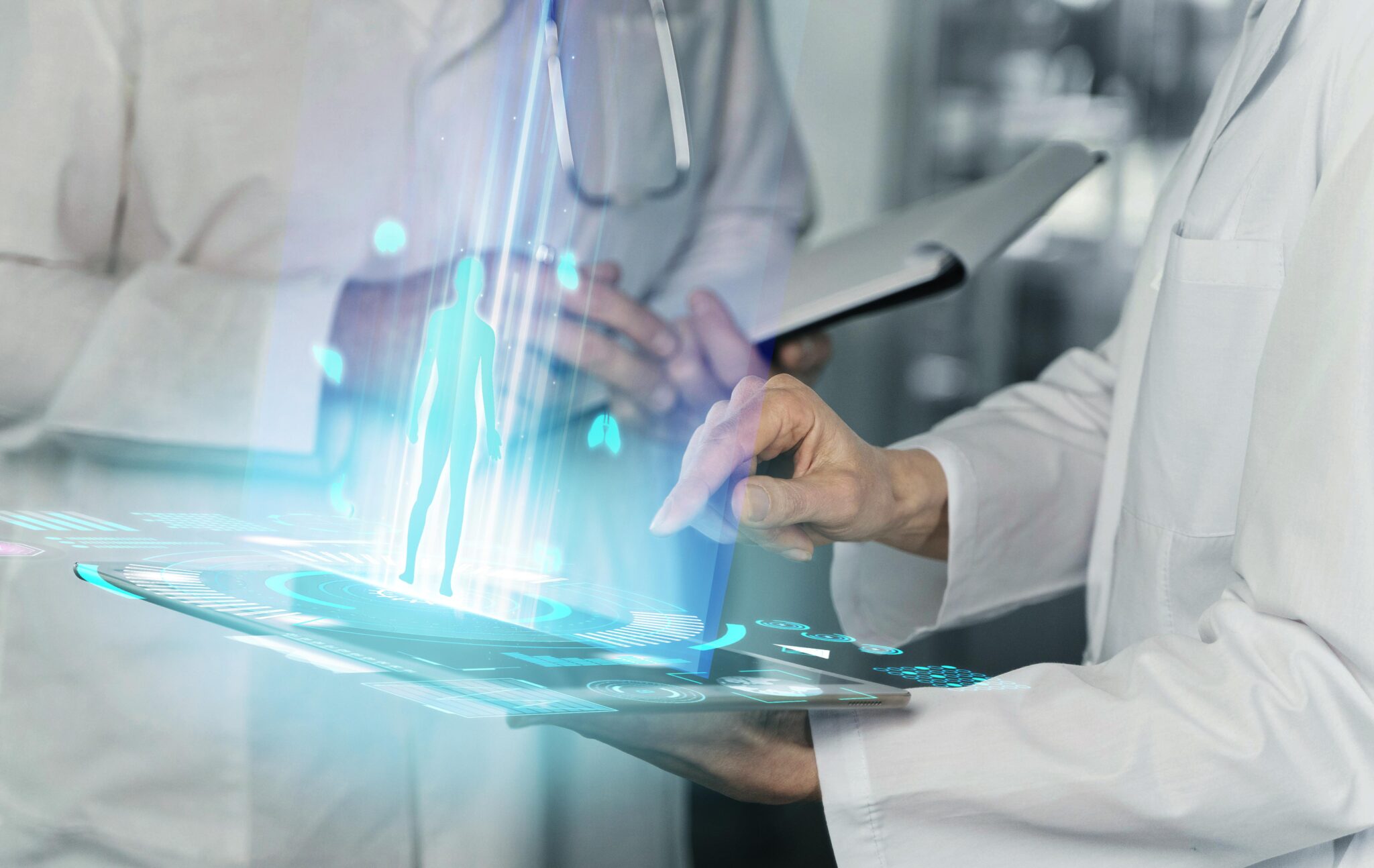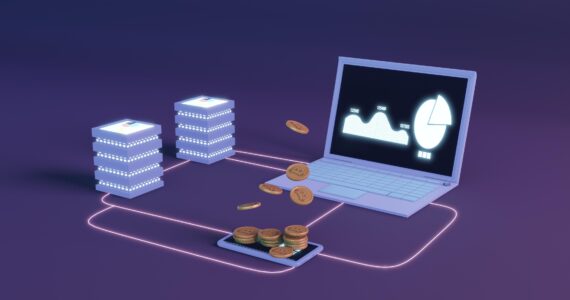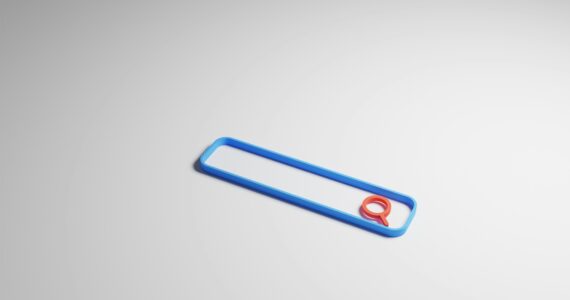How IoT is Revolutionizing the Future of Healthcare
Imagine a world where doctors can detect a heart attack before it happens, hospitals can prevent medicine shortages automatically, and patients with chronic diseases are monitored 24/7 without stepping into a clinic. This is not science fiction—it’s the power of the Internet of Things (IoT) in healthcare.
IoT is not just changing healthcare; it is revolutionizing it. Smart devices, wearables, and AI-powered systems are transforming how patients receive care, how doctors make decisions, and how hospitals operate. With real-time data, remote monitoring, and predictive analytics, healthcare is shifting from reactive treatment to proactive prevention—saving lives, reducing costs, and making care more accessible.
As technology continues to evolve, IoT in healthcare is becoming an unstoppable force, shaping the future of medicine. But how exactly is this happening? Let’s explore how IoT drives this transformation, its benefits, challenges, and the future of connected healthcare.
What is IoT in Healthcare?
IoT in healthcare means using smart medical devices that connect to the internet to collect, analyze, and share real-time patient data. These devices help doctors track patients’ health remotely, improve hospital operations, and make treatments more accurate and efficient. With IoT, healthcare is becoming faster, smarter, and more patient-focused.
Examples of IoT in healthcare include:
- Wearable devices (smartwatches, fitness trackers, ECG monitors)
- Remote patient monitoring systems (blood pressure monitors, glucose sensors)
- Smart hospital equipment (RFID-tagged medical tools, smart beds)
- AI-powered health assistants (chatbots, virtual nurses)
IoT is not just about connecting devices; it’s about using data to make better healthcare decisions.
Key Ways IoT is Transforming Healthcare
Remote Patient Monitoring (RPM)
IoT allows doctors to monitor patients’ health even when they are at home. Devices like:
- Wearable ECG monitors track heart conditions in real-time.
- Blood glucose sensors help diabetes patients manage sugar levels.
- Smart blood pressure cuffs detect irregularities early.
These devices send live health updates to doctors, reducing unnecessary hospital visits. For example, a heart patient can wear a smart ECG monitor that alerts doctors if an irregular heartbeat is detected, allowing for quick medical intervention.
Smart Hospitals and Automated Workflows
Hospitals use IoT to automate processes, reducing human errors and improving patient care. Some examples include:
- Smart hospital beds adjust automatically for patient comfort.
- RFID-tagged medical equipment helps track tools and avoid misplacement.
- IoT-enabled medication dispensers reduce errors in drug administration.
Automation ensures better hospital management, enhances workflow efficiency, and allows doctors to focus more on patient care rather than administrative tasks.
Faster Emergency Response
Time is critical in medical emergencies. IoT devices help deliver faster healthcare responses:
- Wearables with emergency alert features notify doctors and emergency services.
- Smart ambulances provide real-time patient data to hospitals before arrival.
- AI-powered predictive alerts detect strokes or heart attacks early.
For example, an elderly patient wearing a smartwatch with a fall detection system can get immediate help if they suffer a fall, even if they cannot call for assistance.
Improved Chronic Disease Management
Chronic diseases like diabetes, asthma, and hypertension require continuous monitoring. IoT devices make this easier by:
- Sending regular updates to doctors.
- Alerting patients when medication is due.
- Providing lifestyle recommendations based on real-time data.
This proactive approach helps prevent complications and improves patients’ quality of life.
Telemedicine and Virtual Healthcare
IoT-powered telemedicine has made healthcare more accessible, especially for people in remote areas. Patients can now:
- Consult doctors online via video calls.
- Share real-time health data for accurate diagnosis.
- Receive AI-based health advice from virtual assistants.
Telemedicine reduces the need for hospital visits, saving both time and money for patients.
Benefits of IoT in Healthcare
Enhanced Patient Experience
IoT devices provide personalized healthcare, ensuring that treatments are tailored to individual needs.
Cost Reduction
By enabling remote monitoring, IoT reduces hospital admissions, cutting medical expenses for patients and healthcare providers.
Improved Accuracy
Automated data collection eliminates human errors in diagnostics, ensuring better treatment outcomes.
Faster Disease Detection
IoT helps in the early diagnosis of critical diseases like heart disease, diabetes, and even cancer, improving survival rates.
Challenges of IoT in Healthcare
Data Security and Privacy Issues
With medical devices collecting sensitive patient data, there is always a risk of cyberattacks and data breaches. Strong cybersecurity measures are needed to protect patient privacy.
High Implementation Costs
Installing IoT devices and infrastructure requires a significant investment, which can be challenging for smaller hospitals.
Interoperability Issues
Many IoT devices from different manufacturers may not communicate well with each other, creating integration problems.
Despite these challenges, continuous improvements in technology and regulations will make IoT in healthcare more secure and efficient.
The Future of IoT in Healthcare
The future of healthcare with IoT looks promising. Some upcoming trends include:
- AI and IoT Integration – AI-powered devices will predict diseases before symptoms appear.
- 5G-Enabled IoT Healthcare – Faster data transmission for real-time diagnostics.
- Smart Implants – Wearable and implantable IoT devices for continuous health tracking.
- Blockchain for Security – Ensuring better protection of patient data.
With these advancements, IoT will continue to revolutionize healthcare, making it smarter, faster, and more patient-friendly.
Conclusion
The IoT is not just a technological advancement; it is a revolution in healthcare. From remote patient monitoring to smart hospitals and telemedicine, IoT is making healthcare more efficient, accurate, and accessible.
Though there are challenges like data security and integration issues, the benefits far outweigh the risks. As technology evolves, IoT in healthcare will continue to shape the future of medicine, offering better treatment, lower costs, and improved patient care.
The healthcare industry must embrace IoT to create a world where healthcare is proactive, personalized, and available to all.











